Wei River goes through the city and carries it over 8000 years history and culture. Wei River culture is base on Qi culture and integrated with agriculture, fishy, crafts and trade, featured with peninsular complex, is a typical north Han national culture. In November 2010, Wei River Cultural and Ecological Protection Experimental Zone has been approved to set up, which is the ninth national cultural and ecological protection zone and the first one in Shandong Province. At present, the optimized zone is gradually integrating the excellent traditional culture, especially the intangible culture heritage, into the modern life to revitalize tradition in society.
Shihu Garden Creative Space revitalizes the traditional crafts
The creative space was built by Weifang Culture and Tourism Bureau, Weicheng District and Weifang Investment Group jointly in Shihu Garden Community, and collects numerous intangible culture heritage representative items, like Weifang kite, Yangjiabu New Year painting, peach stone carving, Guqin and embroidery, aims to set a open and exchanging platform of exhibition, study and spreading on intangible culture heritage, as well as a tourist attraction which revolve around the intangible culture heritage.
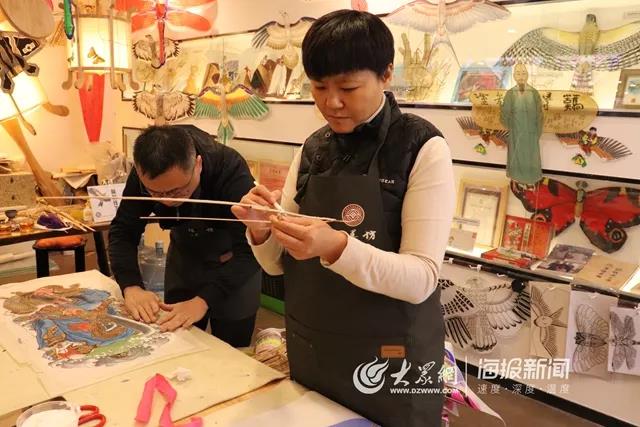
school courses transmits Intangible culture heritage
According to Chen Fumin, Director of the Vocational Education Department of Weifang Deaf-mute School, the school offers intangible cultural heritage vocational course considering that the hearing-impaired students are easier to concentrate on hand work which matches perfectly with the needs of crafts.
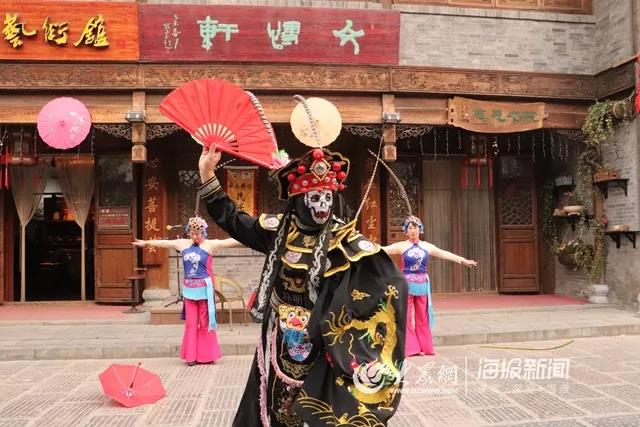
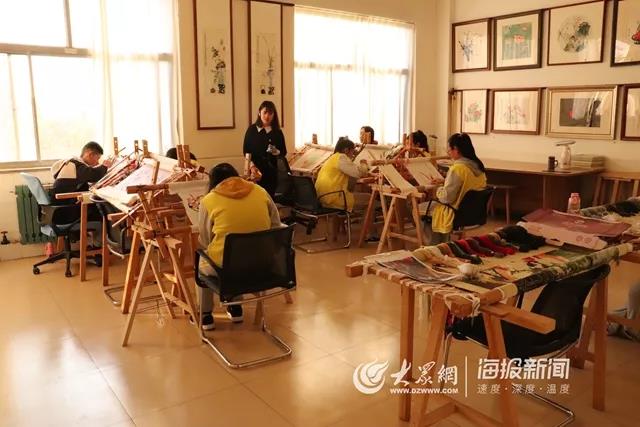
This vocational course and its modern apprenticeship teaching approach were rated as one of the top ten classic cases of the program of intangible cultural heritage in school in 2018, as well as won the Third Cultural Innovation Award of Shandong Province.
According to Wang Yiyun of the Intangible Cultural Heritage Protection Center, Through the “Spark” project recent years, the intangible cultural heritage, like traditional crafts and skills, martial arts and so on have been introduced to more than 1,000 primary and middle schools’ curriculum, covering 85% of the total schools in the city.
Traditional crafts supplement scenic attractions
There are 96 A-level scenic spots in the city, including two 5A-level and twenty-two 4A-level. The integration of culture and tourism brings new developing opportunities for the Wei River culture.
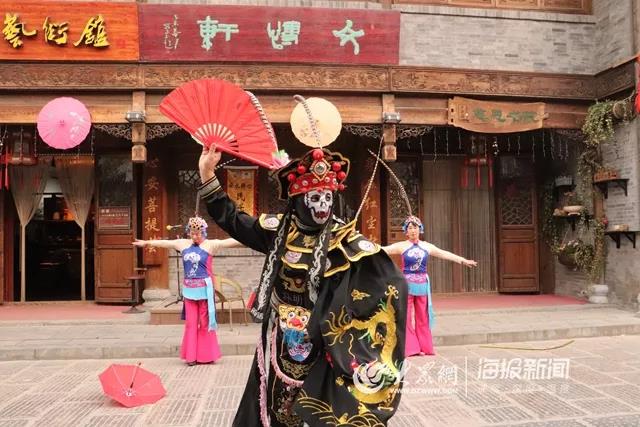
Qingzhou Ancient Town, a national 5A scenic spot, is featured with its vividly intangible cultural heritage performance. such as clay sculptures, paper-cuts, face-changing, Kongzhu playing, and Shandong clapper ballad. These performance on the streets in town have attracted many tourists, and turned the town had become a large gathering area of intangible cultural heritage.
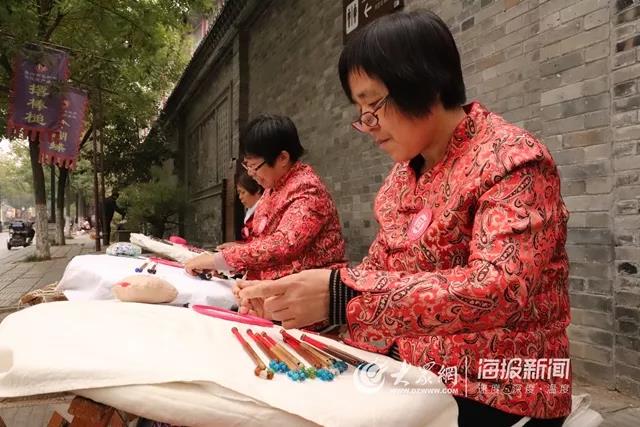
The “Silk Road Silk Words” Culture Creative Park around of Changyi County was rebuilt from an old silk factory. Its old workshop and warehouse have been renovated into reading study and bars, and a silk equipment museum which retains the original production equipment of the enterprise.Reviving the past ten years, the protection zone has made effective exploration and practice in the construction of laws and regulations, directory systematization , sustainable inheritance and development, cultural and tourism integration and other related aspects.